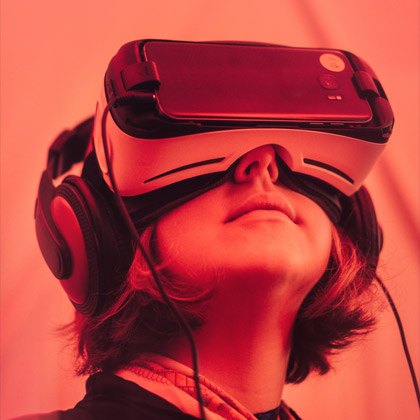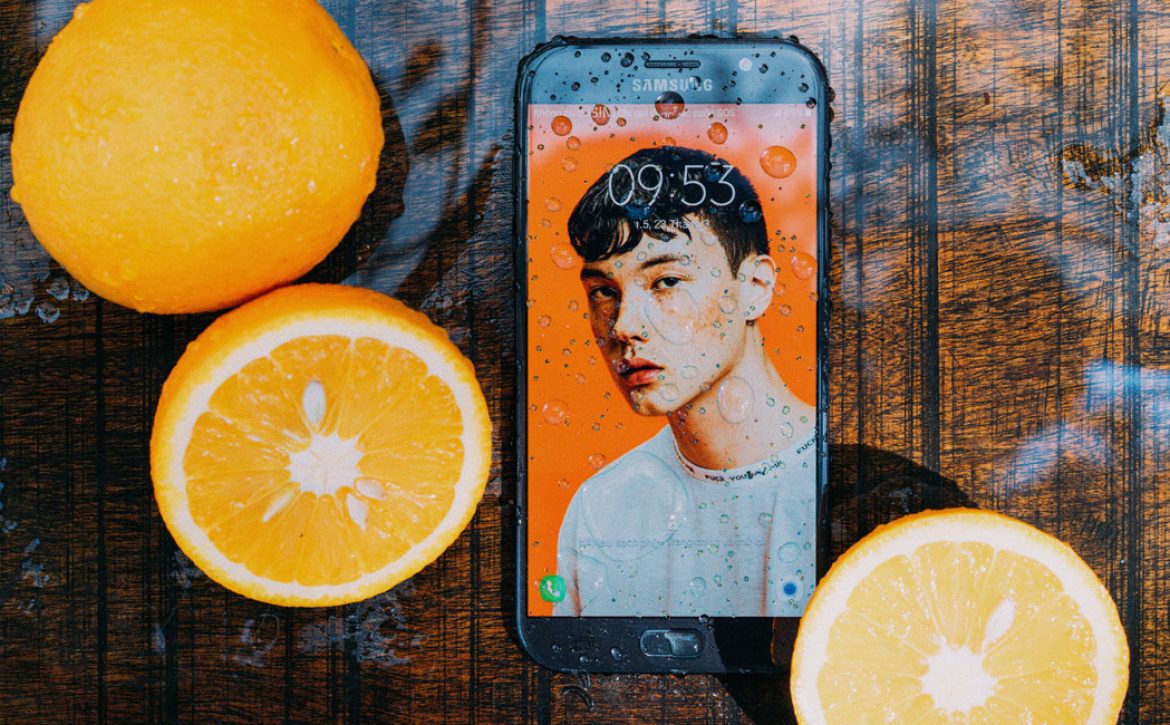Branding into Your Events
Brushstrokes of Success: Strategies for Crafting a Captivating Brand for Your Art Conference
Branding your events is crucial to creating a unique and recognizable identity that resonates with your audience. Here are some strategies to effectively brand your art conference events:
- Define Your Brand Identity:
- Clearly define your event’s brand identity, including the mission, values, and unique aspects that set it apart. Consider the type of art featured, the atmosphere, and the overall experience you want attendees to have.
- Create a Distinctive Logo:
- Design a memorable and visually appealing logo that reflects the essence of your art conference. Use colors, shapes, and symbols that convey the mood and theme of the event.
- Consistent Visual Elements:
- Maintain consistency in visual elements such as color schemes, fonts, and graphics across all event materials. This includes promotional materials, websites, social media, and on-site signage.
- Craft Compelling Messaging:
- Develop clear and compelling messaging that communicates the purpose and value of your art conference. Highlight what makes your event unique and why attendees should be excited to participate.
- Engaging Website Design:
- Ensure your event website aligns with your brand identity. Use engaging visuals, intuitive navigation, and informative content to create a positive online experience for potential attendees.
- Social Media Presence:
- Leverage social media platforms to promote your event and engage with your audience. Consistently use your brand colors, logo, and hashtags to create a cohesive online presence.
- Collateral Materials:
- Design professional collateral materials, including brochures, programs, and merchandise, that feature your event’s branding elements. These materials serve as tangible extensions of your brand.
- Sponsorship Opportunities:
- Offer sponsorship opportunities that align with your brand and provide value to sponsors. Ensure that sponsors’ logos and branding materials are integrated seamlessly into the overall event branding.
- Event Tagline:
- Develop a catchy and memorable tagline that encapsulates the spirit of your art conference. This tagline can be used in marketing materials and serve as a quick identifier for your event.
- Attendee Experience:
- Consider every touchpoint of the attendee experience, from registration to on-site interactions. Infuse your brand into the physical space, including signage, decorations, and interactive elements.
- Post-Event Engagement:
- Extend your brand engagement beyond the event by sharing highlights, testimonials, and behind-the-scenes content on social media. This helps maintain a connection with attendees and build anticipation for future events.
- Collect Feedback:
- Gather feedback from attendees and sponsors to understand their experience and perception of your event’s brand. Use this input to make improvements and refine your branding strategy for future events.
By consistently applying these branding strategies, you can create a memorable and cohesive identity for your art conference events, fostering a strong connection with your audience and stakeholders.







